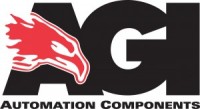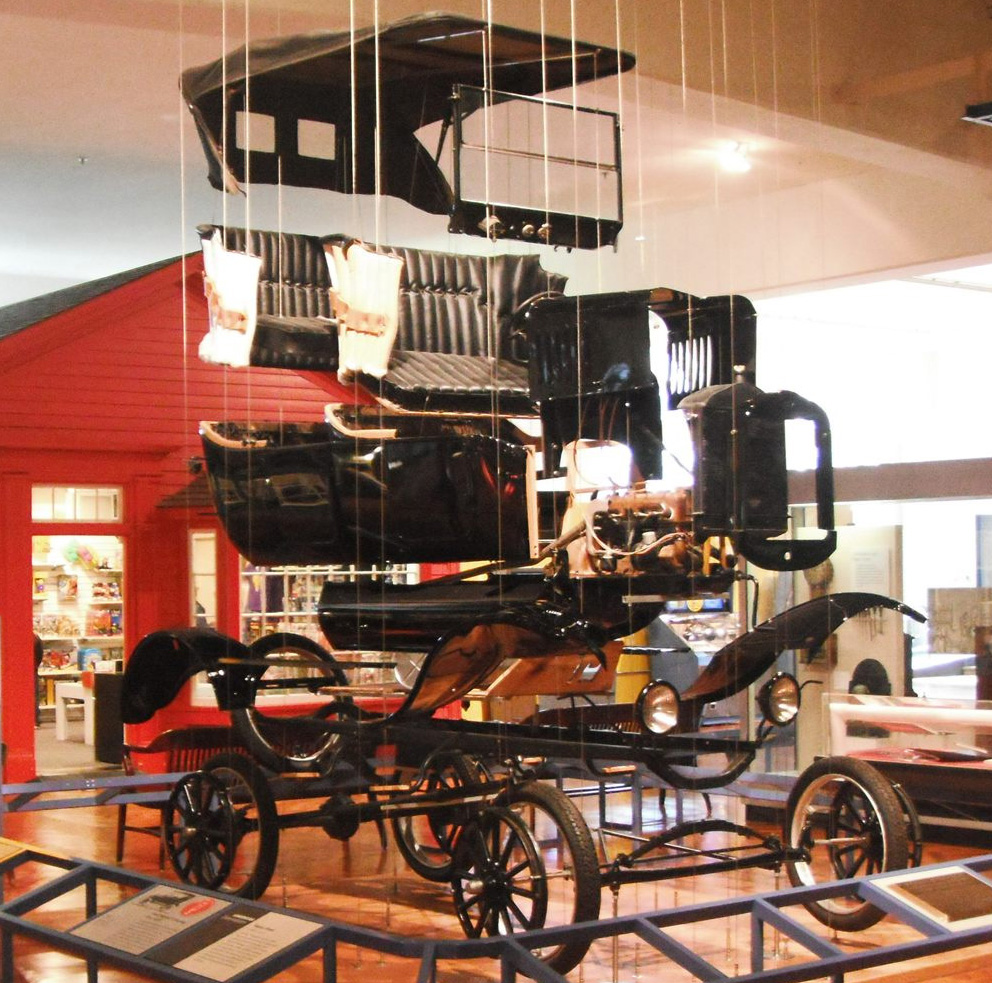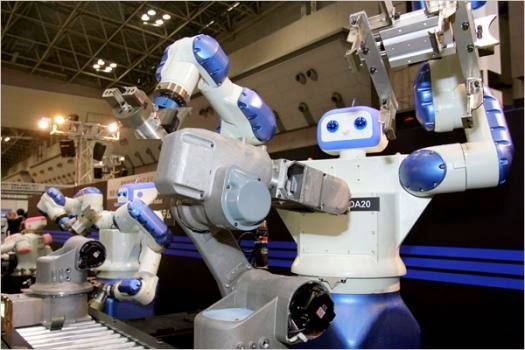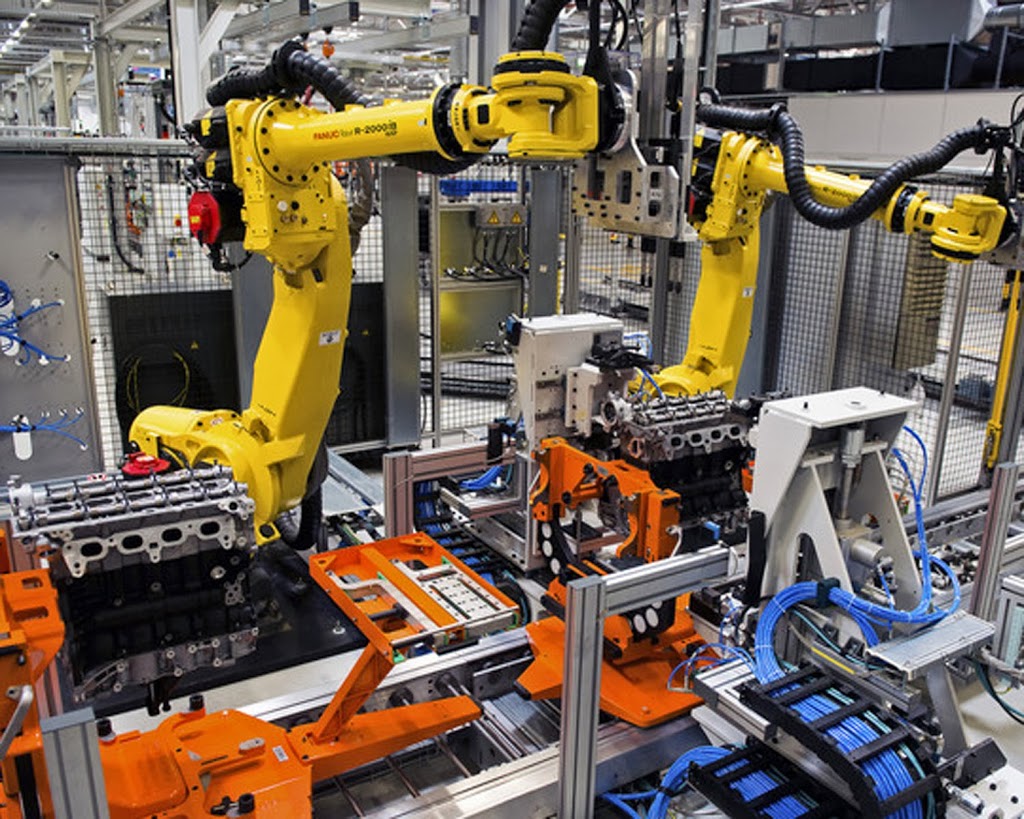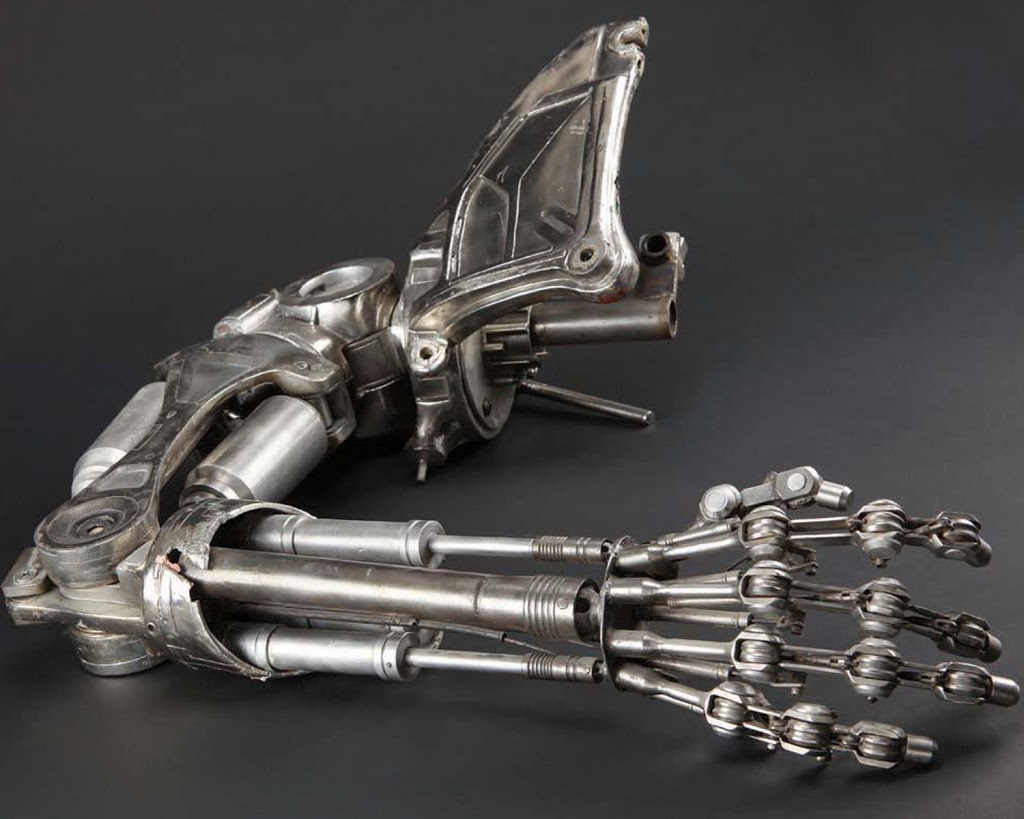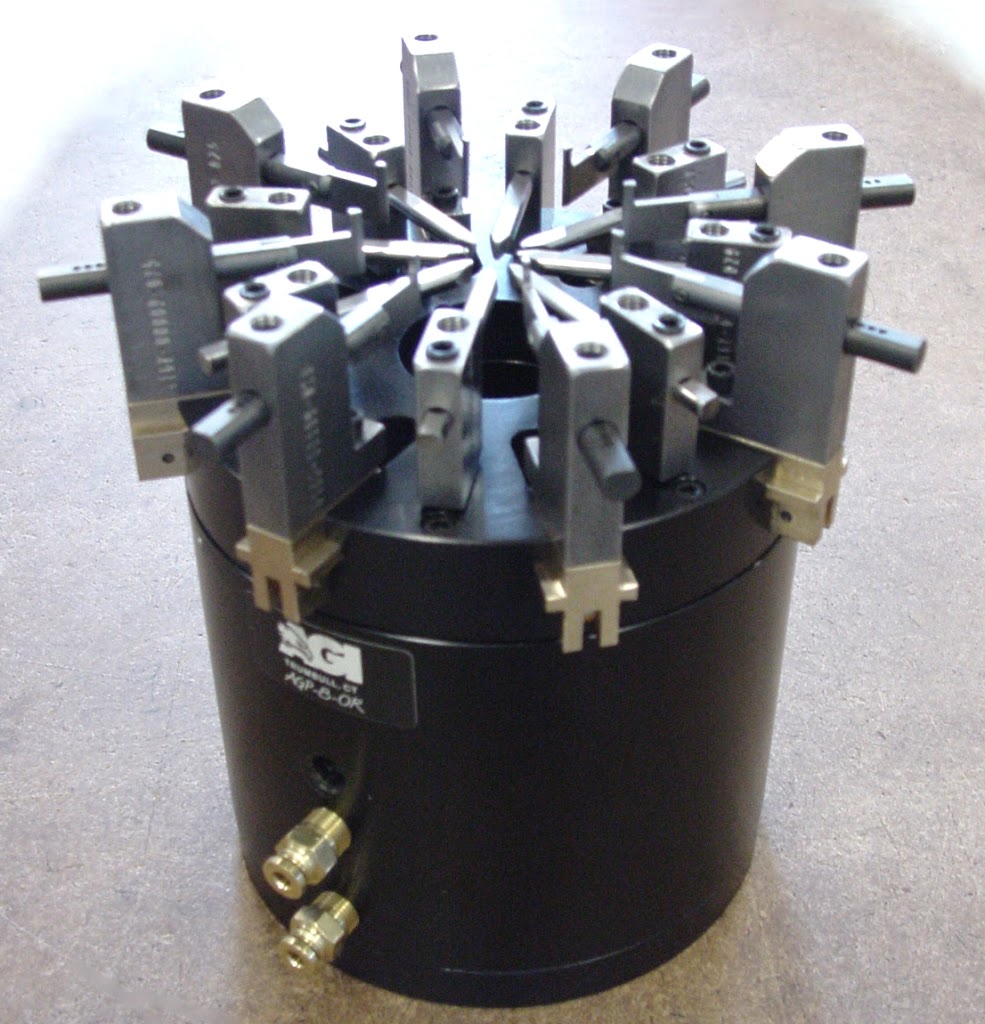Gap between product and assembly process shrinks, yielding multiple benefits
Developing a closer tie between product design and assembly can yield major benefits that ultimately result in lower costs and higher quality. The closest tie between product design and assembly is actually incorporating significant adaptability of products to the assembly line.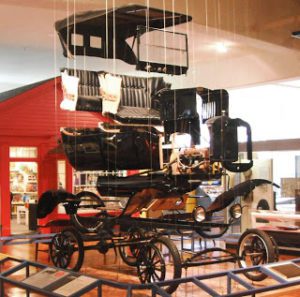
It’s estimated that about 85 percent of product cost is rooted in design. An idea that came about in reaction to this reality, design for assembly (DFA), can reduce part counts, assembly costs and labor while improving quality.
The increasing use of an improvement on the DFA concept—design for automated assembly (DFAA)—means that automation has a bright future in the years to come. The main driver behind DFAA is the same one impacting manufacturing in general: globalization, which is forcing manufacturers to output products faster and more cheaply than ever before.
Making DFAA a reality means changing the operational philosophy tosome extent. Parts should be designed to minimize the number of robotic maneuvers. It is also important to design products with the entire assembly process in mind, with an emphasis on minimizing cycle times.
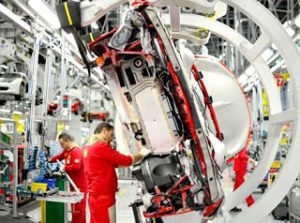 The single biggest step a design engineer can take to develop expertise in DFAA is to develop a close working relationship with the manufacturing and automation engineers who oversee the assembly lines that will ultimately build what the designer models and develops.
The single biggest step a design engineer can take to develop expertise in DFAA is to develop a close working relationship with the manufacturing and automation engineers who oversee the assembly lines that will ultimately build what the designer models and develops.
Notable pioneers in this area include Geoffrey Boothroyd and Peter Dewhurst, two University of Rhode Island professors who developed the idea of Design for Manufacture and Assembly (DFMA) in the early 1980s. In 1983, Boothroyd and Dewhurst founded Boothroyd Dewhurst, Inc., which develops DFMA software tools and services.
In 1991 President George H.W. Bush presented National Medal of Technology awards to Boothroyd and Dewhurst for dramatically reducing costs, improving product quality, and enhancing the competitiveness of major U.S. manufacturers. Sponsored by the Department of Commerce’s Technology Administration, the medal was first awarded in 1985 and is the highest honor bestowed by the President for technological achievement.
The manufacturing world owes individuals like Boothroyd and Dewhurst a debt of gratitude. Thanks to DFAA, assembly lines are handling more complex parts and the cost of automation has decreased. DFAA has allowed the United States to remain more competitive with countries that have lower-cost labor and its domestic manufacturers to relocate their operations to those countries less than they otherwise would.
In North America, trends are clearly pointing toward a bright future for DFAA and automation in general.
According to the Robotic Industries Association, the North American robotics market recorded its strongest year ever in 2012. A total of 22,598 robots valued at nearly $1.5 billion were sold in North America in 2012, increases of 17 percent in units and 27 percent in dollars vs. 2011. The application that saw the largest increase was assemblies, with a 49 percent increase, as companies adopted smaller, lighter-duty robots.
Packaging equipment trade association PMMI reports that U.S. packaging equipment purchases increased by 23 percent increase in 2011 to $8.8 billion and the backlog of orders carrying over into 2012 was nearly 30 percent higher than in 2011.
According to research firm Markets and Markets, global sales of machine vision systems are expected to increase at a compound annual rate of 8.2 percent between 2013 and 2018. These systems increasingly are being used on automated systems for sorting parts and assembling components.
The benefits of DFA and DFAA make a major impact on the bottom line. According to Boothroyd Dewhurst, users of DFA software have enjoyed quantifiable impacts on their operations. Manufacturing cycle times have decreased by 57.3 percent, part counts have been reduced by 51.4 percent, part costs have been reduced by 37 percent, time to market has improved by 50 percent, quality and reliability have improved by 68 percent, and assembly time has been reduced by 62.3 percent.
Some well-known brands have been positively impacted by DFA. For instance, Saturn Corp. reduced parts by up to 15 percent on its 1996 sedan and wagon and 1997 coupe with major design changes driven by DFA. Fewer parts means designs are simplified, leading to higher quality and, in some cases, weight reduction.

